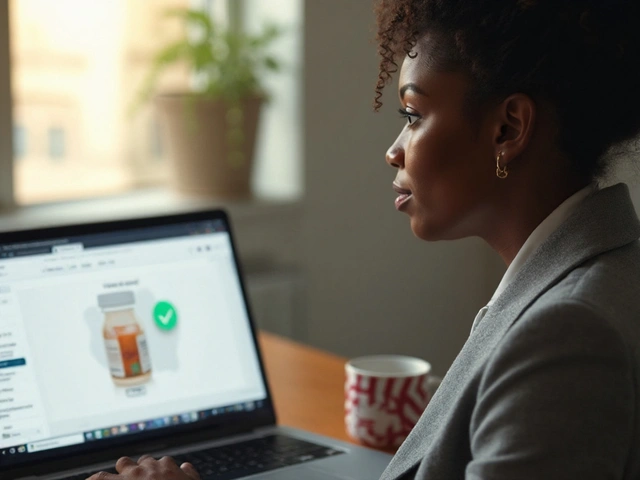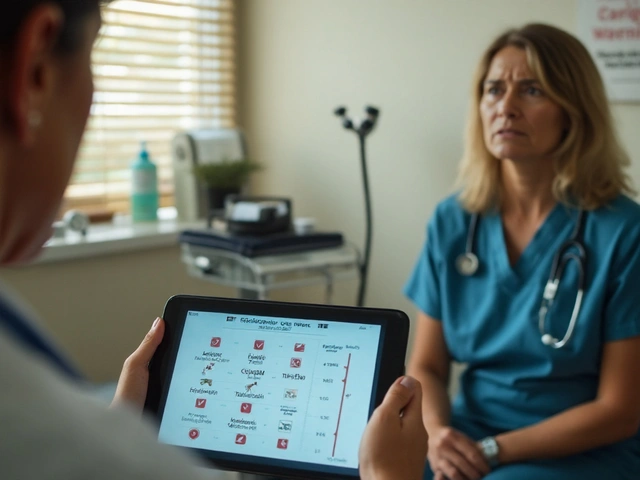Withdrawal: Symptoms, Timeline, and How to Manage
Ever quit a drug or cut back on alcohol and felt awful? That’s withdrawal. It’s your body and brain reacting to a sudden drop in a substance they’d grown used to. You don’t have to guess what’s normal or what’s dangerous—this guide gives clear, practical points so you can act smart and stay safe.
Withdrawal varies a lot by substance. Alcohol and benzodiazepine withdrawal can start within 6–24 hours and get serious fast—shaking, confusion, and in some cases seizures. Opioid withdrawal often begins 6–24 hours after the last dose: muscle aches, yawning, diarrhea, and strong cravings. Nicotine hits sooner but usually feels milder: irritability, trouble concentrating, and strong urges that can last weeks. Stopping some antidepressants can cause dizziness, electric shock sensations, or flu-like symptoms—this is called discontinuation syndrome.
Typical timelines to expect
Timelines are rough but useful. Opioids: onset 6–24 hours, peak at 48–72 hours, improve over a week or more. Alcohol/benzos: early symptoms in 6–24 hours, risk of severe complications in 48–72 hours—medical supervision is safer. Nicotine: cravings start within hours and peak in days; withdrawal usually eases over weeks. Antidepressant symptoms can appear days to weeks after stopping and may last several weeks.
Practical steps you can take now
If symptoms are mild: hydrate, eat small nutritious meals, rest, and stay around people who can help. Over-the-counter meds can ease headaches, nausea, or muscle aches—but check interactions with any meds you still take. Use distraction: short walks, tasks that need focus, or a phone call to a friend help reduce cravings.
For stronger symptoms or risky drugs, don’t handle it alone. Alcohol and benzodiazepine withdrawal can be life-threatening. If you see severe shaking, confusion, fast heartbeat, fever, fainting, or seizures, go to the ER. For opioids, ask about medication-assisted treatments like buprenorphine or methadone—these reduce withdrawal and cut overdose risk. Doctors can also taper certain meds safely instead of stopping abruptly.
Get professional support if cravings or mood problems block daily life. Counseling, CBT, and support groups reduce relapse risk. If you take prescription meds, talk to your prescriber before changing the dose. They can plan a slow taper or offer safer alternatives.
Final practical tip: plan before you stop. Remove triggers, tell a friend your plan, and have medical contacts ready. Withdrawal is uncomfortable, but with the right plan and support you can get through it safer and with fewer setbacks.
Georgea Michelle, Apr, 24 2025
Opioid Addiction and the Brain: The Real Science of How We Get Hooked
Opioids don't just dull pain—they hijack the brain's wiring in powerful ways. This article digs into how opioids mess with your brain chemistry, making quitting much harder than just willpower. You'll learn why withdrawal feels so awful and why the brain craves more, plus some tips to protect yourself if opioids ever end up in your life. We'll break down the real science, minus all the heavy jargon. If you've ever wondered why opioid addiction is such a tough beast to fight, buckle up.
View More





